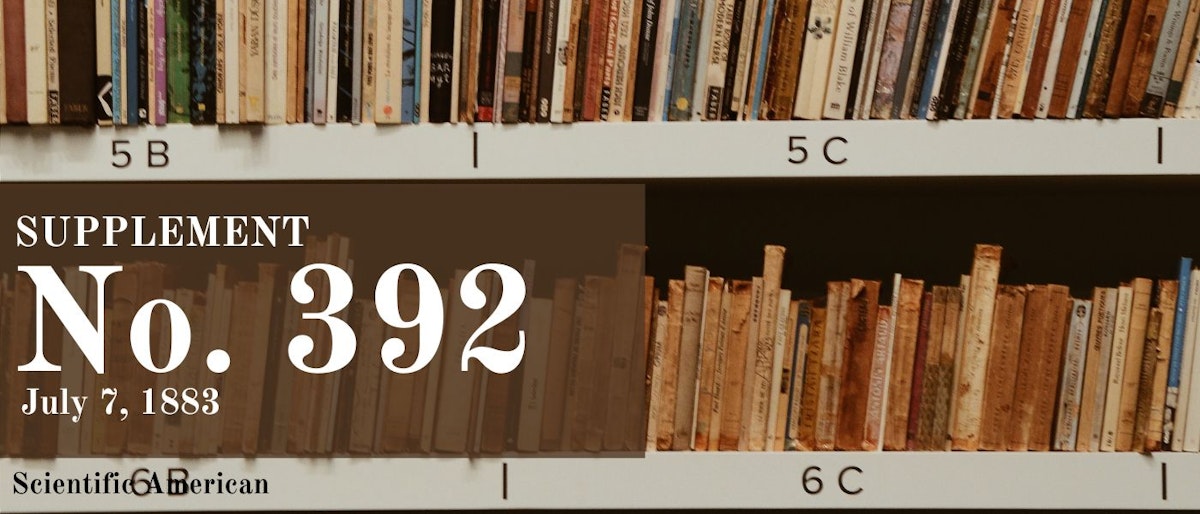Published at Nov 16, 2023 by scientificamerican
THE ALIZARINE INDUSTRY
Too Long; Didn't Read
At a recent meeting of the Manchester section of the Society of Chemical Industry, Mr. Ivan Levinstein described the history and progress of the manufacture of alizarine, from which are produced fast red, purple, brown, and black dyes. He said alizarine was, until very recently, made only from the root of the madder plant, of which the yearly crop was 70,000 tons, and represented an annual value of £3,150,000, of which the United Kingdom consumed 23,000 tons, representing a value of nearly £1,000,000. Madder is now no longer grown for this purpose. The German chemists found that alizarine produced from madder in undergoing certain treatment gave a substance identical with anthracine, one of the constituents of coal tar, and in 1869 the same chemists announced to the world that they had accomplished the synthesis of alizarine from anthracine. The effect of this discovery was to throw madder out of cultivation. Mr. Perkin, an English chemist, and Messrs. Graebe and Liebermann, German chemists, almost simultaneously applied for patents in 1869, in England, and as their methods were nearly identical they arranged priorities by the exchanging of licenses. The German license became the property of the Badische Aniline Company, and the English license became the property of the predecessors of the North British Alizarine Company. These patents expire in about two months, and the lecturer explained that an attempt made by the German manufacturers to further monopolize this industry (even after the expiry of the patent) proved abortive. He also stated that alizarine, 20 per cent. quality, is sold to-day at 2s 6d. per lb., but that if the price were reduced by one-half there will still be a handsome profit to makers, and that the United Kingdom is the largest consumer, absorbing one-third of the entire production, and that England possesses advantages over all other countries for manufacturing alizarine--first, by having a splendid supply of the raw material, anthracine; secondly, cheaper caustic soda in England than in Germany by fully £4 per ton; thirdly, cheaper fuel; fourthly, large consumption at our own doors; and, fifthly, special facilities for exporting.@scientificamerican
Scientific American Oldest US science mag (est. 1845). Features contributions from Einstein, Tesla & 150+ Nobel laureates.
Receive Stories from @scientificamerican
RELATED STORIES
L O A D I N G
. . . comments & more!
. . . comments & more!


